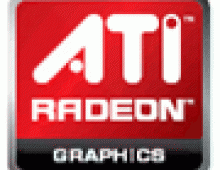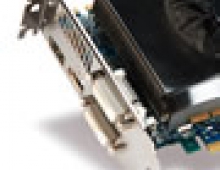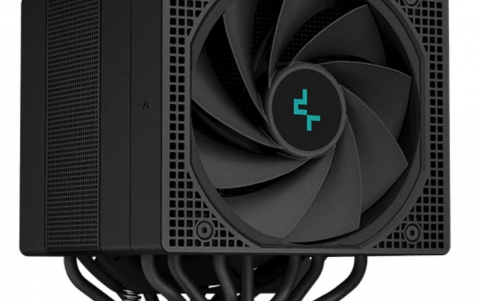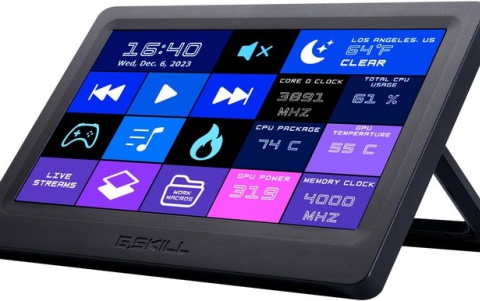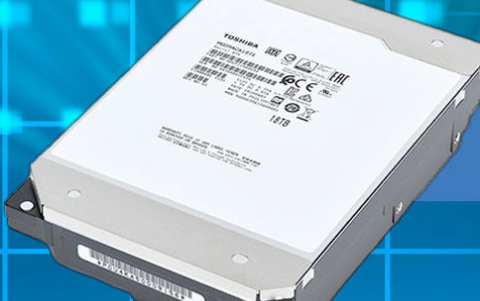
ATI Announces Radeon X1000 Family of GPUs
ATI today officially launched its new family of graphics processors (GPUs), the Radeon X1000 family, built using the 90 nanometer semiconductor fabrication technology.
The Markham, Ontario-based firm said the launch includes the X1800, aimed at the so-called enthusiast sector, the X1600 for mid-range or "performance" market, and the X1300 aimed at the mainstream market. Future owners of the ATI new graphics cards should spend between $80 and $550, accordin gto the model.
"The RADEON X1000 family of GPUs was designed to be the best and it is the best," said Rich Heye, Vice President and GM, Desktop Discrete Products, ATI Technologies Inc. "In terms of gaming performance, it is the fastest; in terms of image quality, it is the best looking; in terms of features, it is the richest."
Each of the new graphics processors feature:
- Ultra-threaded shader architecture to run fast shader-intense games;
- New memory architecture that makes the GPUs more efficient, improving performance even more;
- Fast and efficient 3D image quality;
- Avivo, ATI's technologies to improve display quality and refine video playback.
Graphics cards powered by Radeon X1000-series GPUs will be available from ATI and its board partners.
The chips will compete with the rival GeForce 7800 family of graphics products designed by Nvidia. Nvidia has currently raised the stakes in terms of performance and features as well as how it is marketing its products. ATI will try to follow, although the first graphics cards come significantly delayed to the market. In addition, as it appears now, only three out of seven announced cards will make it into stores on or around launch day. Most possibly, the higher end chips X1600 XT, X1600 Pro and X1800 XT will be available by December.
The Radeon X1300 (entry-level model) offers a core clock of 540 MHz and a memory clock of 500 MHz. Cards with 128 MByte memory will sell for $100, 256 MByte versions will change hands for $130. The higher-end option at this time is the $450 X1800XL, which is a 2-slot card that runs on a 500 MHz core and 256 MByte 1 GHz memory.
The X1000 family will also include the X1800 XT (625 MHz core/1.5 GHz memory) in 256 MByte and 512 MByte versions ($500 and $550, respectively), as well as the X1600 XT (590 MHz / 1.38 GHz) in 128 MByte and 256 MByte versions ($200 and $250, respectively). X1600 Pro cards (500 MHz/780 MHz) will have a stronger target at the mainstream with a $150 (128 MByte) and a $200 (256 MByte version). And this won't be the last word - as ATI reportedly already preps more models for early 2006.
"The RADEON X1000 family of GPUs was designed to be the best and it is the best," said Rich Heye, Vice President and GM, Desktop Discrete Products, ATI Technologies Inc. "In terms of gaming performance, it is the fastest; in terms of image quality, it is the best looking; in terms of features, it is the richest."
Each of the new graphics processors feature:
- Ultra-threaded shader architecture to run fast shader-intense games;
- New memory architecture that makes the GPUs more efficient, improving performance even more;
- Fast and efficient 3D image quality;
- Avivo, ATI's technologies to improve display quality and refine video playback.
Graphics cards powered by Radeon X1000-series GPUs will be available from ATI and its board partners.
The chips will compete with the rival GeForce 7800 family of graphics products designed by Nvidia. Nvidia has currently raised the stakes in terms of performance and features as well as how it is marketing its products. ATI will try to follow, although the first graphics cards come significantly delayed to the market. In addition, as it appears now, only three out of seven announced cards will make it into stores on or around launch day. Most possibly, the higher end chips X1600 XT, X1600 Pro and X1800 XT will be available by December.
The Radeon X1300 (entry-level model) offers a core clock of 540 MHz and a memory clock of 500 MHz. Cards with 128 MByte memory will sell for $100, 256 MByte versions will change hands for $130. The higher-end option at this time is the $450 X1800XL, which is a 2-slot card that runs on a 500 MHz core and 256 MByte 1 GHz memory.
The X1000 family will also include the X1800 XT (625 MHz core/1.5 GHz memory) in 256 MByte and 512 MByte versions ($500 and $550, respectively), as well as the X1600 XT (590 MHz / 1.38 GHz) in 128 MByte and 256 MByte versions ($200 and $250, respectively). X1600 Pro cards (500 MHz/780 MHz) will have a stronger target at the mainstream with a $150 (128 MByte) and a $200 (256 MByte version). And this won't be the last word - as ATI reportedly already preps more models for early 2006.

